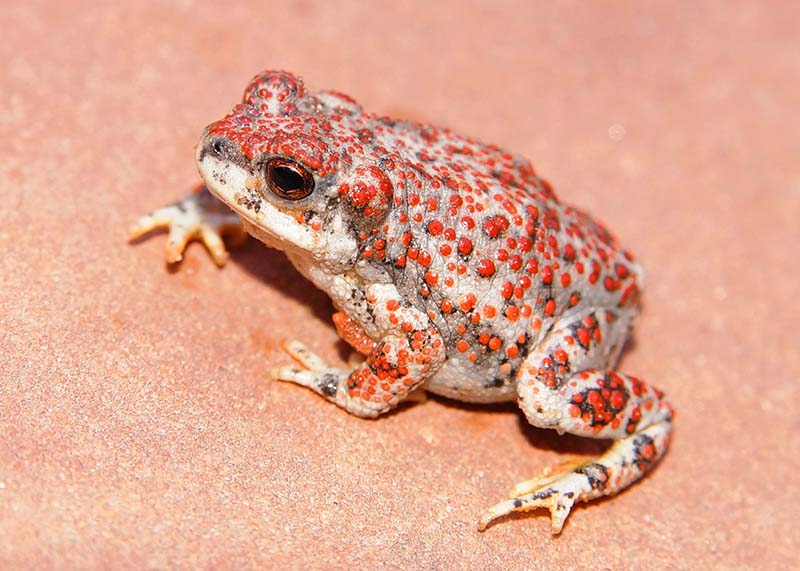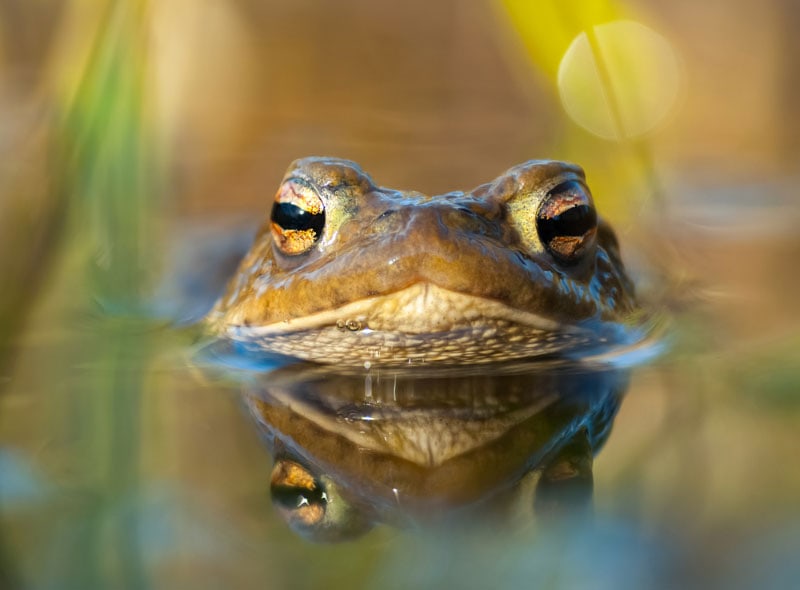What Is a Group of Frogs Called? Two Interesting Options & Their Vet-Verified Meanings

Updated on
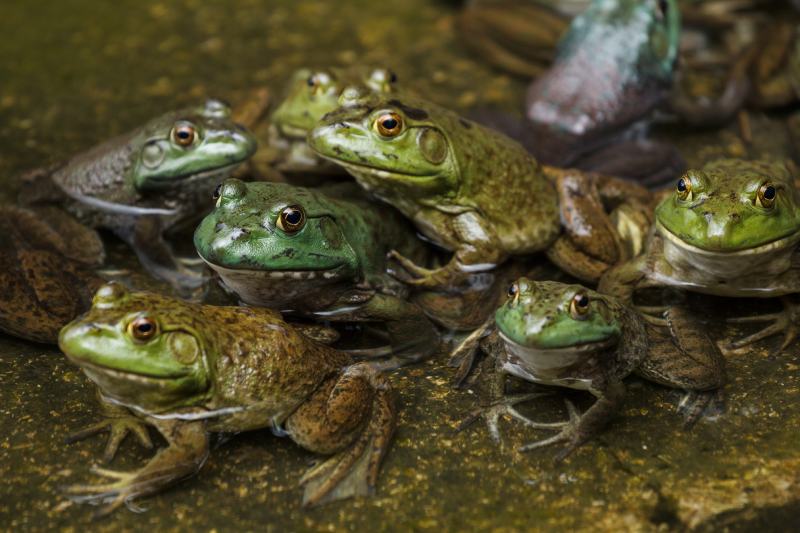
Click to Skip Ahead
One would expect an ordinary term to describe a group of frogs, but Mother Nature and the English language have something slightly unexpected in store. As it turns out, a group of frogs is commonly called a “colony” or an “army”.
Now, that may be surprising for some people, so let’s take a deep dive into the world of these amphibians and understand why these specific terms are used.

Why Are Frogs Called an Army?
The word “army” typically evokes images of disciplined soldiers marching in unison or preparing for battle. It’s unusual to imagine our croaky friends being likened to such a formidable force! And yet, upon closer inspection, it might not be that far off the mark.
Frogs often band together during the breeding season, resulting in large groups that are very much akin to an army. The term “army” probably originated from this observed behavior. It is also thought that the term might have originated because most frogs are presumed to be green, and the army color is similar in appearance. Therefore, a group of frogs may resemble an infantry unit.
Even more interesting, this grouping protects their communal breeding grounds and the subsequent safety of their offspring. So, in a way, the “army” term illustrates the collective strength these creatures exhibit during this important time quite well!

Or Maybe It’s a Colony?
On the other hand, the term “colony” is used to refer to a group of frogs residing in a common habitat. When they do this, it creates a social structure similar to what we see with ants or bees. The frogs share the available resources and participate in shared activities like mating, feeding, and migrating.
It’s intriguing to observe that the way these amphibians live and interact within their group is reflected so vividly in their collective nouns. When you stop to think about it, “colony” suggests a settled, permanent community, which can often be the case with frogs, particularly in areas with ample food and a suitable environment.
What About Toads?
Frogs are often lumped together with toads, as they’re taxonomically similar in some ways. A group of toads, however, is not called an army or a colony. Instead, they’re referred to as a knot or a nest.
A Frog’s Life: A Transformation Journey
Just like their interesting group names, frogs also have a fascinating life cycle. From egg to tadpole to full-grown frog, the transformation journey these amphibians undergo is nothing short of miraculous.
When the eggs hatch, the offspring, known as tadpoles, stay in the water until they’re ready to join their parents on land. This remarkable metamorphosis is one of the many wonders of nature that frogs showcase.
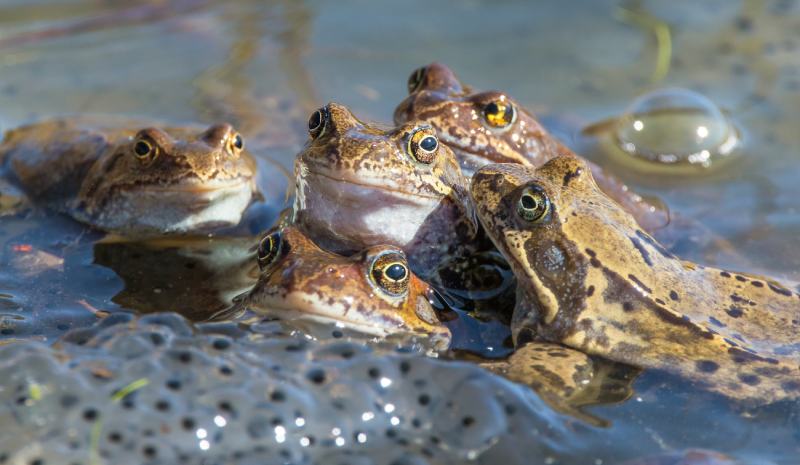
Why Frogs Matter: An Essential Part of the Ecosystem
Frogs play a crucial role in our environment. As predators, they control the insect population, and as prey, they provide a food source for various other creatures. Plus, their sensitivity to environmental changes makes them excellent bio-indicators, helping scientists monitor ecosystems’ health.

Keeping Your Pet Frog Healthy and Safe
If you’re lucky enough to have one of these remarkable creatures as a pet, you’ll want to keep them healthy and safe. Here are a few fundamental tips to get you started:
1. Provide a Suitable Habitat
Frogs need a habitat that replicates their natural environment. This includes plenty of hiding spots, water for bathing, and room for movement.
2. Monitor Temperature and Humidity
Different frog species have specific temperature and humidity requirements. Keep a close eye on these parameters to ensure your pet’s comfort.
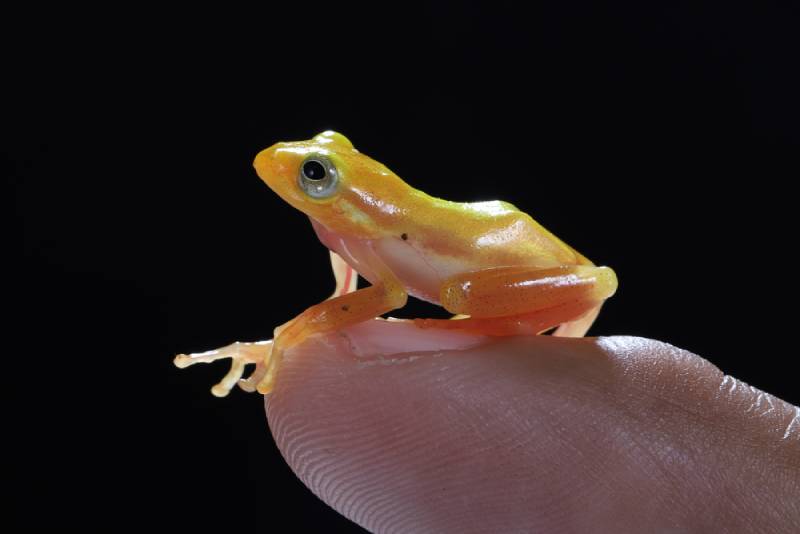
3. Offer a Varied Diet
Frogs are predominantly insectivores. Offering a variety of insects, like crickets, mealworms, and fruit flies, can keep them healthy.
4. Clean Regularly
Regular cleaning of the habitat is essential to prevent the buildup of harmful bacteria and fungi.
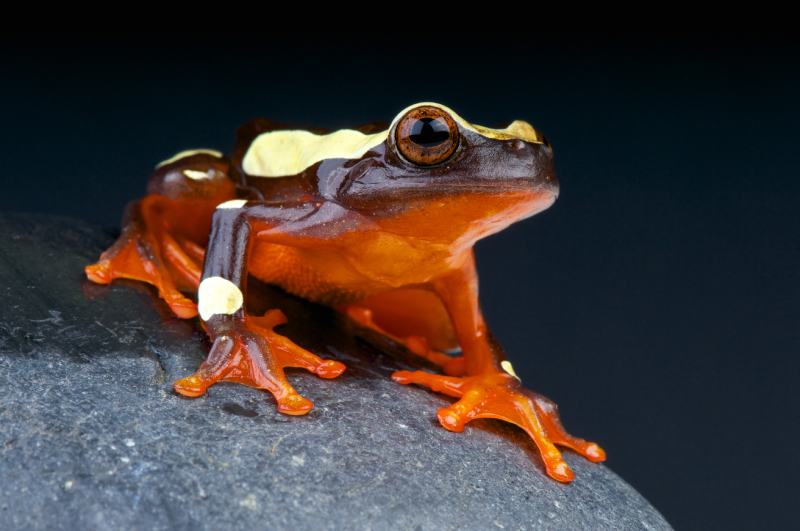
5. Provide Veterinary Care
Regular check-ups with a vet who specializes in amphibians can help detect and prevent potential health problems.
These basic tips are only the beginning of your responsibilities as a pet parent. Don’t neglect seeking out even more froggy facts in your quest to provide optimal care for your amphibian friend.

Conclusion
Whether it’s an army ready for a march or a colony settling in for the long haul, the world of frogs is full of surprises. But no matter what we call a group of frogs, it’s essential to remember that these creatures play an essential role in our ecosystem.
If you’re fortunate enough to keep one as a pet, remember to take all necessary precautions to keep your little friend healthy and safe. The more we learn and understand about these amazing amphibians, the better equipped we’ll be to ensure their survival and well-being in the future.
See also:
Featured Image Credit: janusz.kolondra okonato, Shutterstock

